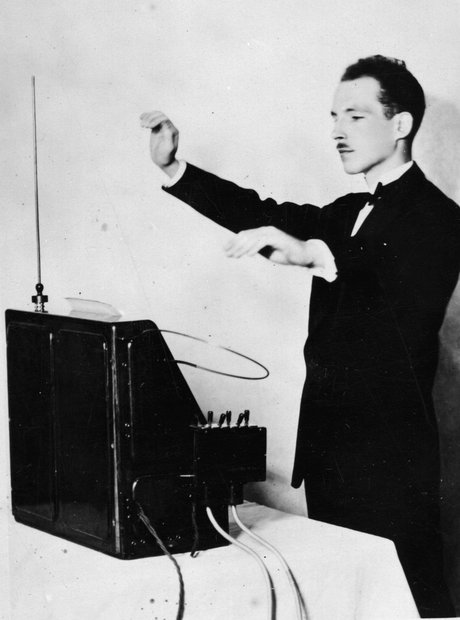The first practical electronic instruments were stand-alone devices intended to be additions to the orchestra. One of the earliest of these instruments was the theremin, invented in the Soviet Union in 1919. It was first used in a Hollywood film by Miklós Rózsa to suggest mental illness in Spellbound (1948).

